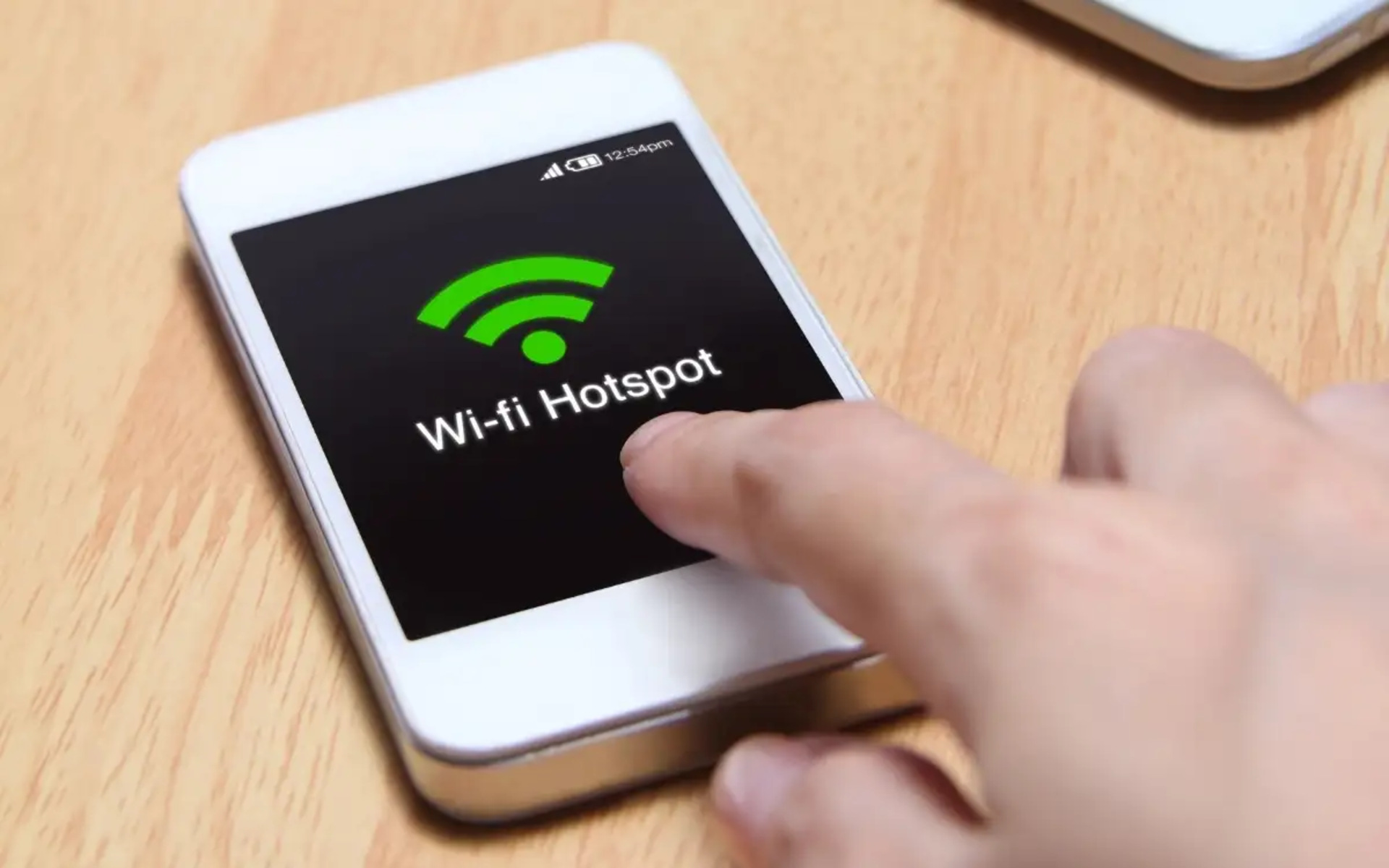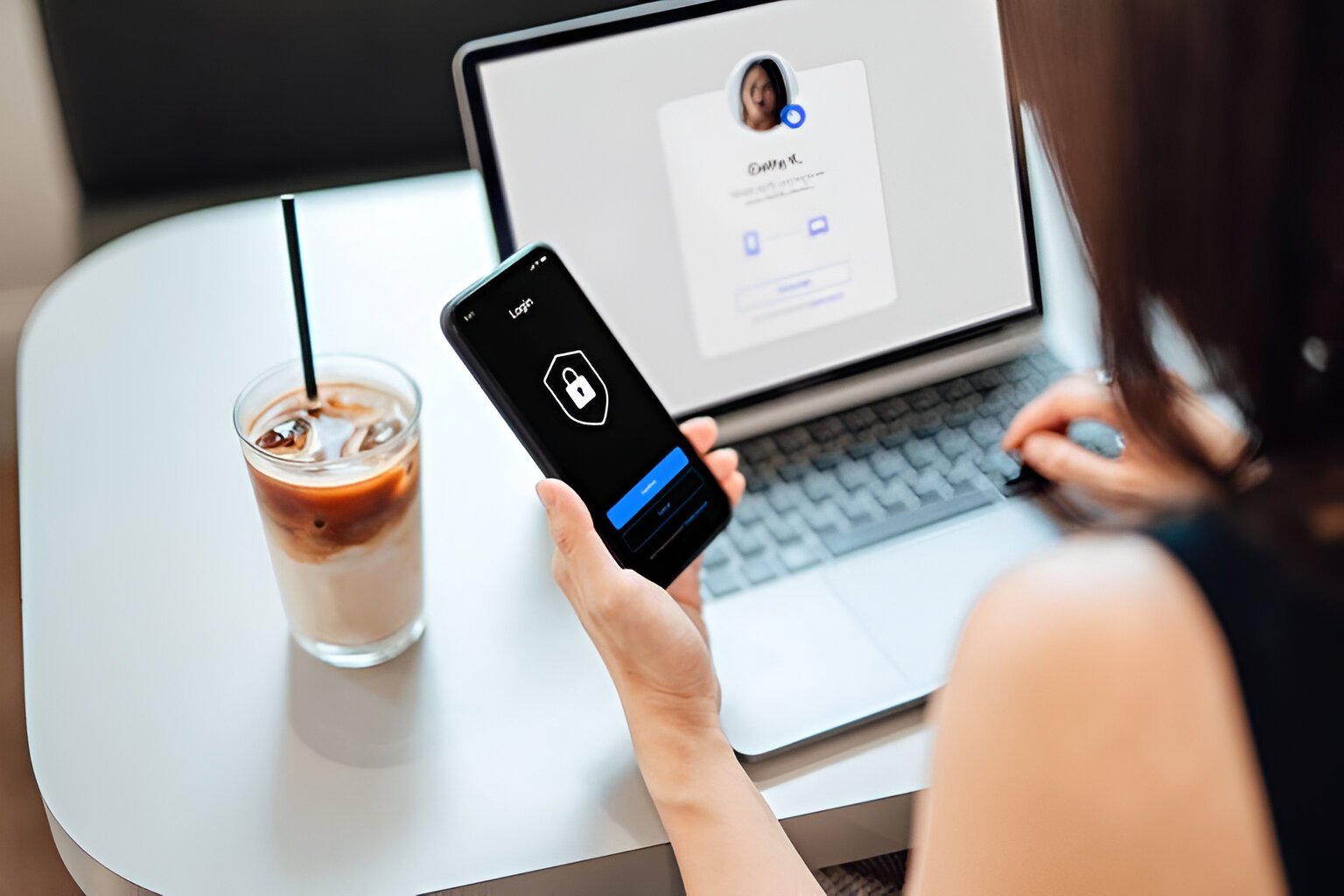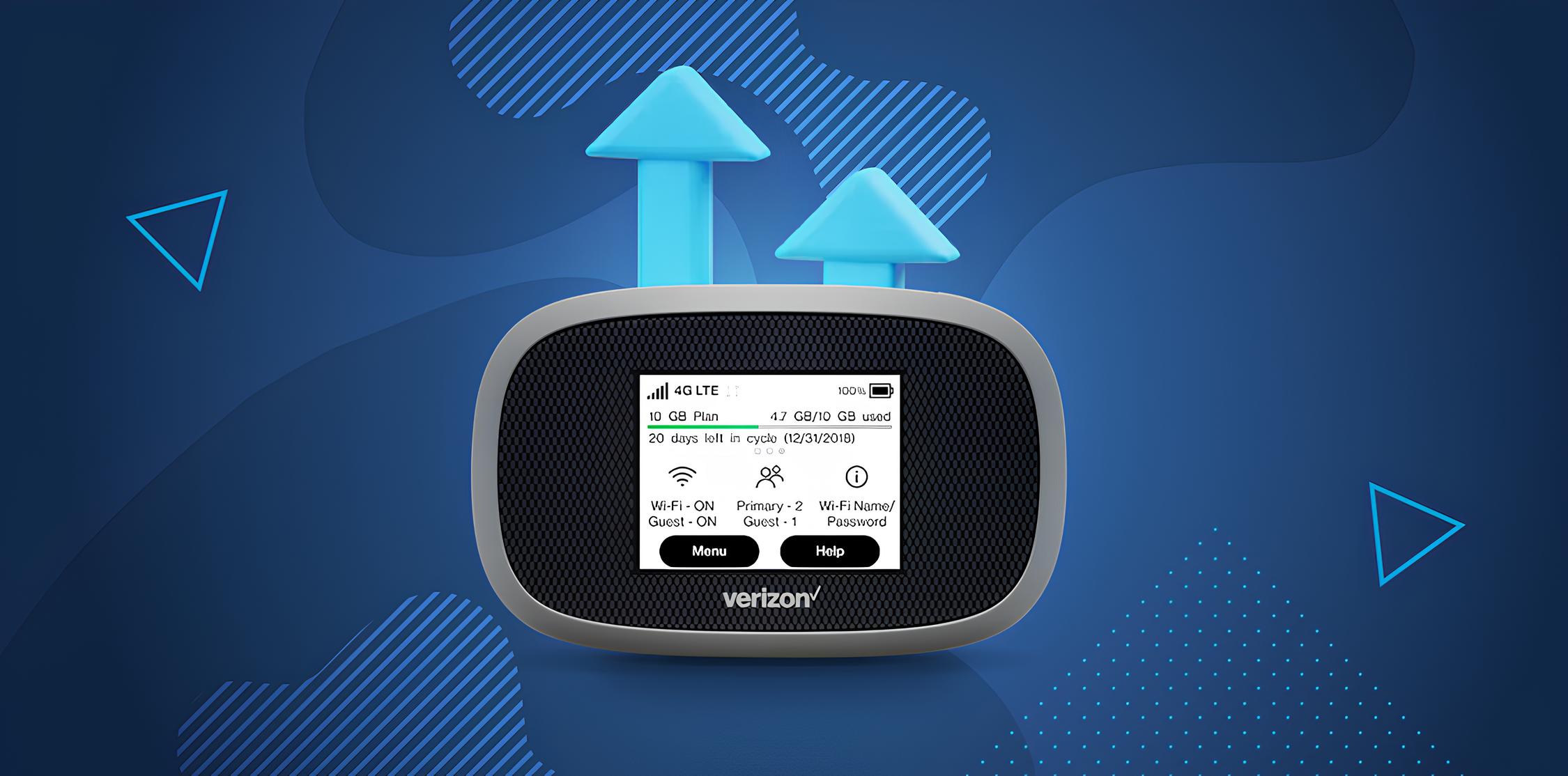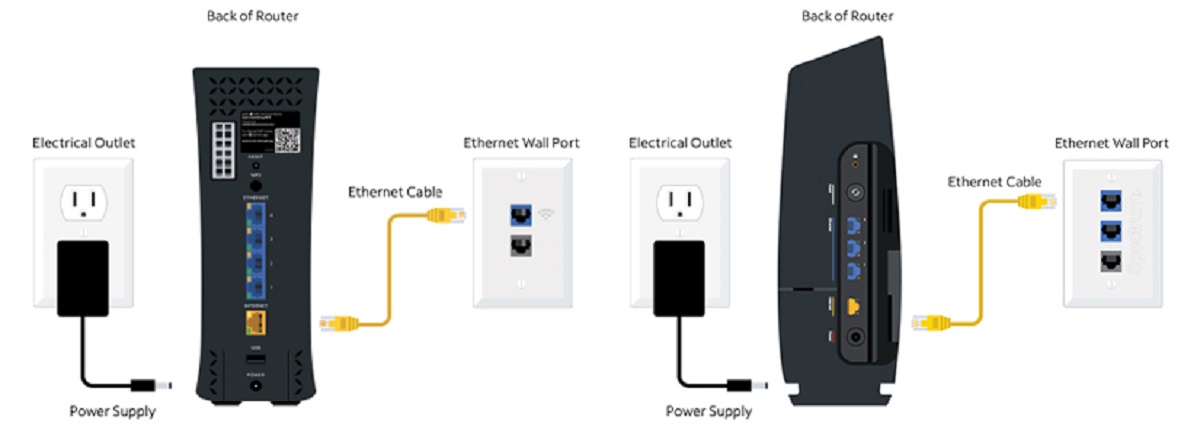Introduction
In a world where connectivity is paramount, the allure of free Wi-Fi hotspots is undeniable. Whether it's at a bustling café, an airport terminal, or a hotel lobby, the convenience of accessing the internet without using up your mobile data is a tempting proposition. However, amidst the convenience lies a lurking danger – the presence of malicious hotspots.
While the concept of malicious hotspots may sound like something out of a cyber-thriller, it's a very real threat that can compromise your sensitive information and privacy. These deceptive networks are set up by cybercriminals with the sole purpose of intercepting data transmitted between your device and the internet. They often mimic legitimate hotspots, leading unsuspecting users to connect without realizing the potential risks.
As technology evolves, so do the tactics employed by cybercriminals. They capitalize on the trust people place in public Wi-Fi networks, exploiting this vulnerability to launch attacks. Once connected to a malicious hotspot, users become vulnerable to a variety of cyber threats, including but not limited to data theft, identity fraud, and malware infiltration.
In this article, we will delve into the world of malicious hotspots, exploring the risks they pose and equipping you with the knowledge to recognize and avoid falling victim to their snares. By understanding the potential dangers and learning how to identify and steer clear of malicious hotspots, you can safeguard your digital security and enjoy the benefits of public Wi-Fi without putting your sensitive information at risk.
What are Malicious Hotspots?
Malicious hotspots are deceptive Wi-Fi networks set up by cybercriminals with the intent of intercepting and exploiting the data transmitted between connected devices and the internet. These rogue hotspots are designed to mimic legitimate public Wi-Fi networks, effectively deceiving unsuspecting users into connecting to them. Once connected, these malicious hotspots enable cybercriminals to eavesdrop on the data being transmitted, potentially gaining access to sensitive information such as usernames, passwords, credit card details, and other personal data.
One of the primary characteristics of malicious hotspots is their ability to appear legitimate, often adopting names similar to those of authentic networks in the vicinity. This tactic aims to lure individuals seeking internet connectivity into connecting to the rogue network, under the false assumption that it is a safe and trustworthy hotspot. Once connected, the cybercriminals behind the malicious hotspot can execute various nefarious activities, including monitoring internet traffic, injecting malware into the connected devices, and even launching phishing attacks to steal sensitive information.
These malicious hotspots are not limited to public spaces; they can also be created in targeted locations to specifically entice individuals into connecting. For instance, cybercriminals may set up a fake hotspot near a popular tourist attraction, a major event venue, or a shopping mall, capitalizing on the high foot traffic and the likelihood of individuals seeking internet access.
Furthermore, the advancement of technology has enabled cybercriminals to deploy sophisticated techniques to create malicious hotspots that are virtually indistinguishable from legitimate networks. This makes it increasingly challenging for users to differentiate between safe and malicious hotspots, amplifying the risks associated with connecting to public Wi-Fi networks.
In essence, malicious hotspots represent a significant threat to individuals who frequently rely on public Wi-Fi for internet access. By understanding the nature of these deceptive networks and the potential risks they pose, individuals can take proactive measures to protect their digital security and privacy while utilizing public Wi-Fi networks.
Risks of Connecting to Malicious Hotspots
Connecting to malicious hotspots poses a myriad of risks that can have severe repercussions for individuals and their sensitive information. These risks extend beyond the realm of mere inconvenience, potentially leading to financial loss, identity theft, and the compromise of personal privacy.
One of the most pressing risks associated with connecting to malicious hotspots is the potential exposure of sensitive data. When connected to a deceptive network, cybercriminals can intercept and monitor the data being transmitted, including login credentials, financial information, and personal communications. This interception can lead to unauthorized access to sensitive accounts, enabling cybercriminals to perpetrate identity theft, financial fraud, and unauthorized transactions.
Furthermore, malicious hotspots serve as fertile ground for the dissemination of malware. Cybercriminals can inject malicious software into connected devices, exploiting vulnerabilities to compromise their security. This can result in a range of detrimental consequences, including data loss, system instability, and unauthorized access to personal information. In some cases, the malware deployed via malicious hotspots can remain dormant, allowing cybercriminals to execute attacks at a later time, further exacerbating the potential risks.
Moreover, connecting to a malicious hotspot can expose individuals to phishing attacks. Cybercriminals operating these deceptive networks can launch phishing campaigns to trick users into divulging sensitive information, such as login credentials, personal details, and financial data. These phishing attacks are often disguised as legitimate websites or emails, creating a false sense of trust and luring unsuspecting individuals into providing their confidential information.
In addition to these risks, connecting to a malicious hotspot can also compromise the overall security and privacy of the connected device. Once infiltrated, cybercriminals can gain unauthorized access to the device, potentially extracting personal data, installing spyware, and monitoring the user's online activities. This intrusion not only jeopardizes the individual's privacy but also undermines the overall security of the device, leaving it vulnerable to further exploitation.
Overall, the risks of connecting to malicious hotspots are multifaceted and far-reaching. By understanding these risks, individuals can adopt proactive measures to mitigate the potential threats posed by deceptive Wi-Fi networks and safeguard their digital security and privacy.
How to Recognize Malicious Hotspots
Recognizing malicious hotspots is crucial in safeguarding your digital security when utilizing public Wi-Fi networks. By being vigilant and attentive to certain indicators, you can identify potential threats and make informed decisions regarding network connectivity.
1. Verify Network Names:
Legitimate public Wi-Fi networks often bear names associated with the establishment providing the service, such as "CaféABC_Free_WiFi" or "AirportXYZ_Public_WiFi." Malicious hotspots may attempt to mimic these names with slight variations or generic terms, such as "Free_Public_WiFi" or "Linksys." Be cautious of networks with vague or overly common names, as they may be deceptive.
2. Check for HTTPS Encryption:
When browsing the web, ensure that the websites you visit are encrypted using HTTPS. This is indicated by a padlock icon in the address bar of most web browsers. Malicious hotspots may attempt to intercept unencrypted HTTP traffic, while HTTPS connections provide an added layer of security against eavesdropping.
3. Analyze Network Security:
Before connecting to a public Wi-Fi network, assess its security features. Legitimate networks often require a password or utilize a captive portal for user authentication. If a network lacks these security measures or prompts for excessive personal information, it may be a red flag for a potential malicious hotspot.
4. Monitor Signal Strength:
Malicious hotspots are often deployed in close proximity to high-traffic areas to attract unsuspecting users. Pay attention to the signal strength of available networks; an unusually strong signal in an unexpected location, such as a remote corner of a public space, could indicate the presence of a deceptive network.
5. Trust Your Intuition:
Instinct can be a valuable asset in recognizing potential threats. If something feels off or suspicious about a public Wi-Fi network, it's best to err on the side of caution and refrain from connecting. Trusting your instincts can help you avoid falling victim to malicious hotspots.
By remaining attentive to these key indicators, you can enhance your ability to identify and steer clear of malicious hotspots, thereby minimizing the risks associated with public Wi-Fi connectivity. Vigilance and informed decision-making are essential in safeguarding your digital security and privacy in an increasingly interconnected world.
Tips for Avoiding Malicious Hotspots
When it comes to avoiding malicious hotspots and safeguarding your digital security, proactive measures and prudent decision-making are paramount. By implementing the following tips, you can significantly reduce the likelihood of falling victim to deceptive Wi-Fi networks and protect your sensitive information from potential cyber threats.
-
Utilize Virtual Private Networks (VPNs): Employing a reputable VPN service can create a secure and encrypted connection between your device and the internet, mitigating the risks associated with connecting to public Wi-Fi networks. VPNs establish a protective tunnel for data transmission, shielding it from interception by malicious actors operating deceptive hotspots.
-
Update Device Security Software: Ensure that your devices, including smartphones, laptops, and tablets, are equipped with up-to-date security software and firewalls. Regularly updating these security measures fortifies your defense against potential malware and intrusion attempts that may originate from malicious hotspots.
-
Disable Automatic Wi-Fi Connectivity: Many devices are programmed to automatically connect to available Wi-Fi networks, including those with familiar names. Disabling this feature prevents your device from inadvertently connecting to deceptive hotspots that may have been previously accessed in other locations.
-
Verify Network Authenticity with Staff: When accessing public Wi-Fi networks in establishments such as cafes, restaurants, and hotels, it is advisable to verify the network's authenticity with the staff or management. Seek confirmation of the official network name and login procedure to ensure that you are connecting to a legitimate and secure hotspot.
-
Limit Sensitive Activities on Public Wi-Fi: Exercise caution when engaging in sensitive activities, such as online banking, shopping, and accessing confidential accounts, while connected to public Wi-Fi networks. Restricting these activities to secure and trusted networks, such as your home or office connection, reduces the exposure of sensitive information to potential threats posed by malicious hotspots.
-
Enable Two-Factor Authentication (2FA): Implementing two-factor authentication adds an extra layer of security to your online accounts, reducing the susceptibility to unauthorized access even if login credentials are compromised through a malicious hotspot. 2FA requires a secondary verification step, such as a unique code sent to your mobile device, to complete the login process.
By incorporating these proactive measures into your digital security practices, you can enhance your resilience against the risks associated with malicious hotspots and navigate the landscape of public Wi-Fi connectivity with greater confidence. These tips empower you to make informed decisions and mitigate the potential threats posed by deceptive Wi-Fi networks, ultimately safeguarding your privacy and sensitive information in an increasingly interconnected digital environment.
Conclusion
In a digital landscape where connectivity is ubiquitous, the prevalence of public Wi-Fi networks has become intertwined with modern lifestyles. However, amidst the convenience of accessing Wi-Fi on the go, the looming threat of malicious hotspots presents a formidable challenge to individuals seeking secure internet connectivity. The risks associated with connecting to deceptive networks, including data interception, malware infiltration, and phishing attacks, underscore the critical importance of recognizing and avoiding malicious hotspots.
By understanding the nature of malicious hotspots and the potential risks they pose, individuals can adopt proactive measures to safeguard their digital security and privacy. Recognizing the subtle indicators of deceptive networks, such as verifying network names, analyzing network security, and monitoring signal strength, empowers users to make informed decisions when connecting to public Wi-Fi. Additionally, leveraging technological solutions, such as virtual private networks (VPNs) and up-to-date security software, enhances the resilience against potential threats originating from malicious hotspots.
The proactive tips for avoiding malicious hotspots, including disabling automatic Wi-Fi connectivity, verifying network authenticity with staff, and limiting sensitive activities on public Wi-Fi, serve as practical guidelines for individuals to navigate the complexities of public network connectivity with vigilance and confidence. By integrating these measures into their digital security practices, individuals can mitigate the risks associated with deceptive Wi-Fi networks and fortify their defenses against potential cyber threats.
In essence, the recognition and avoidance of malicious hotspots are integral components of responsible digital citizenship in an interconnected world. By remaining vigilant, exercising caution, and leveraging technological safeguards, individuals can enjoy the benefits of public Wi-Fi connectivity while safeguarding their sensitive information from the perils posed by malicious hotspots. As technology continues to evolve, the proactive approach to recognizing and avoiding deceptive networks will remain pivotal in preserving digital security and privacy in an increasingly interconnected and digitally reliant society.

























